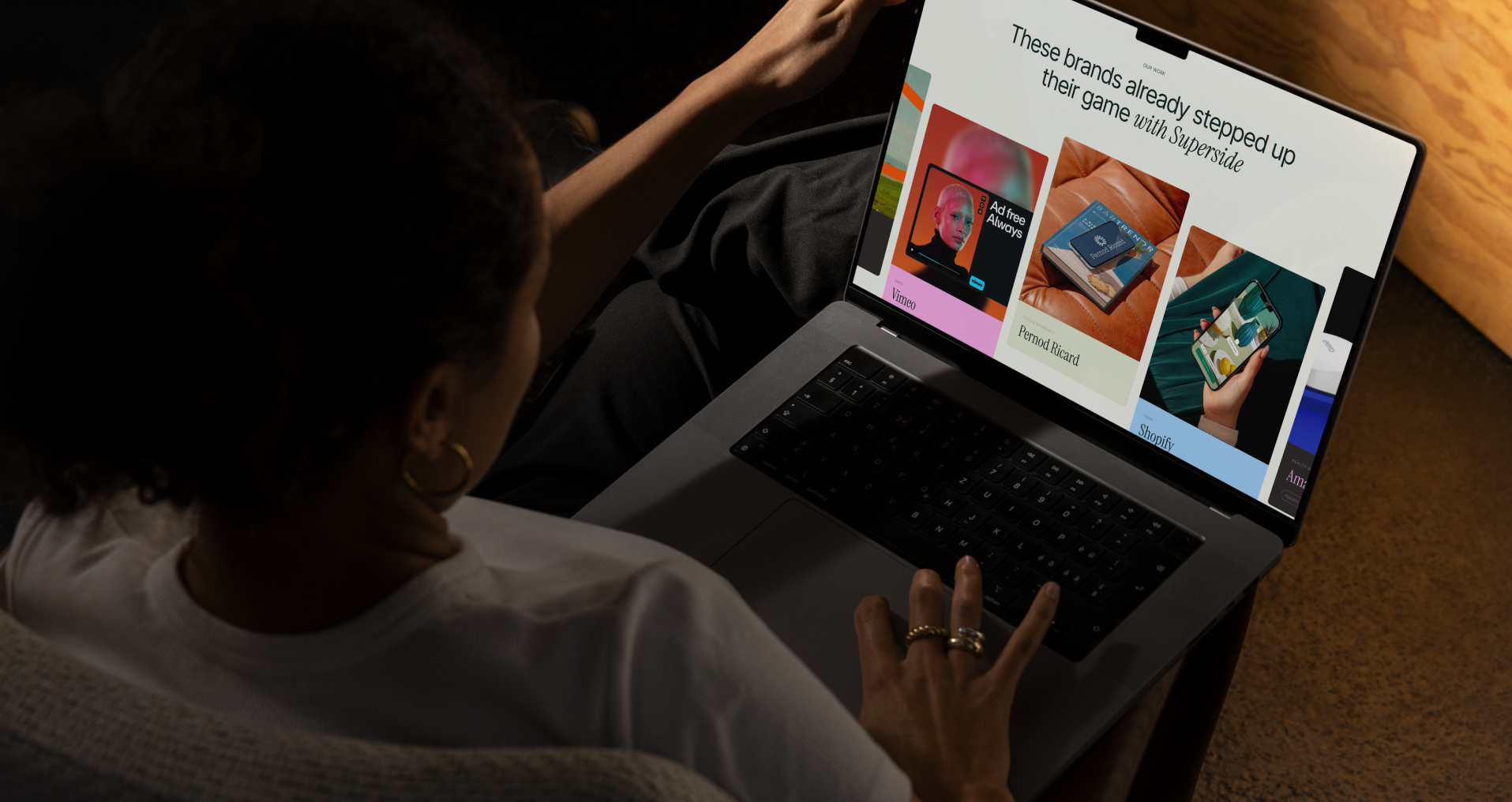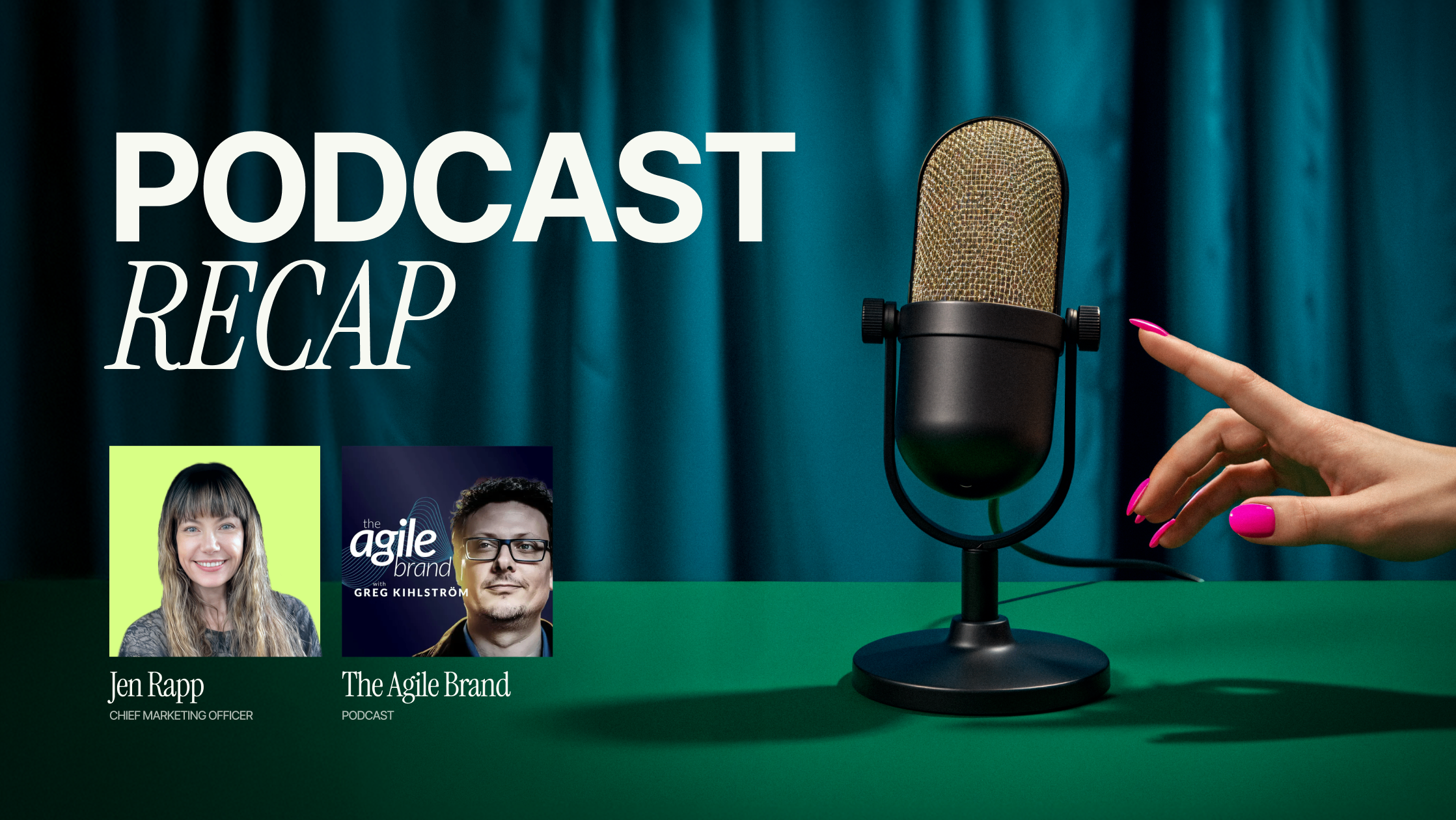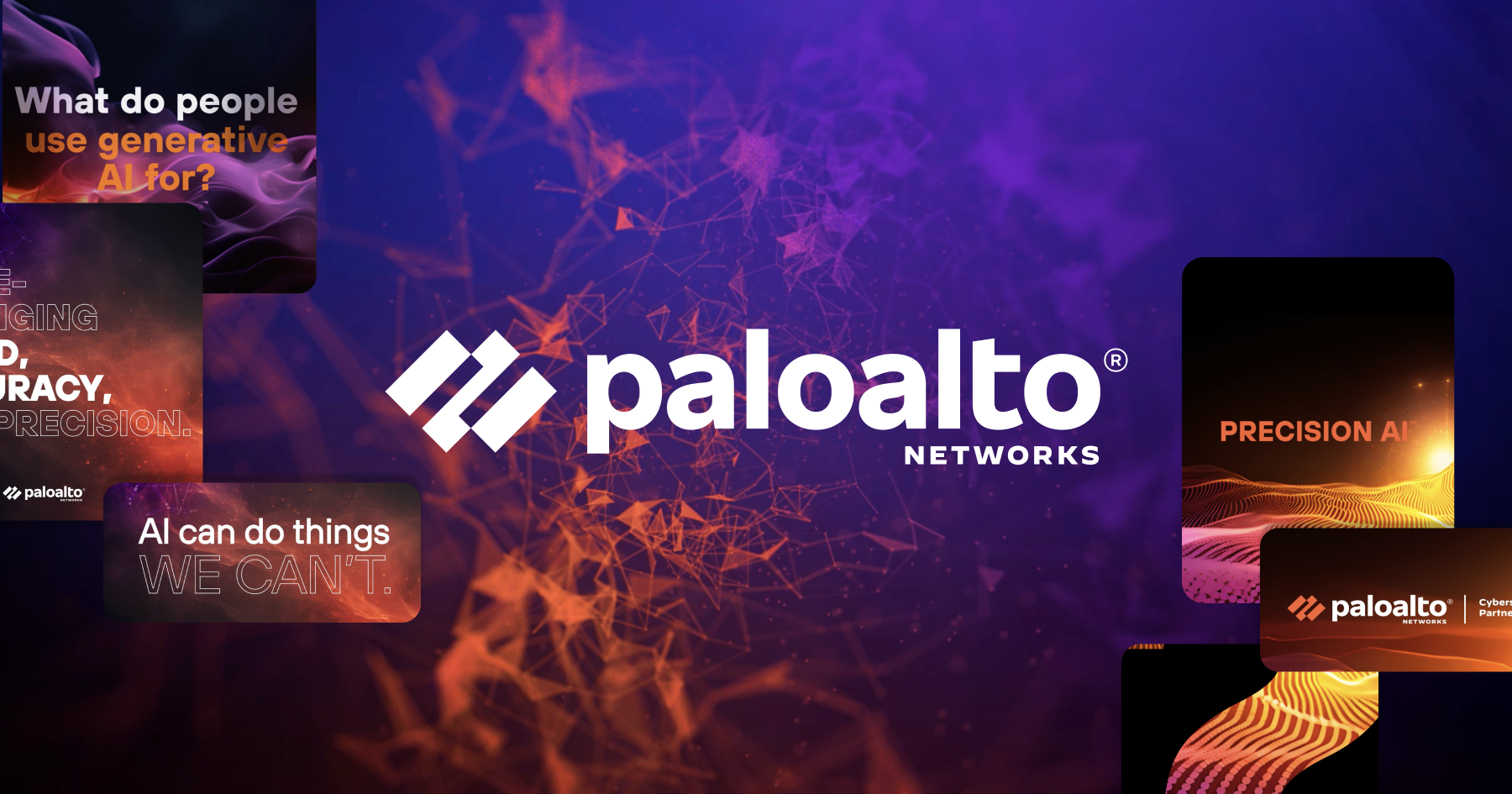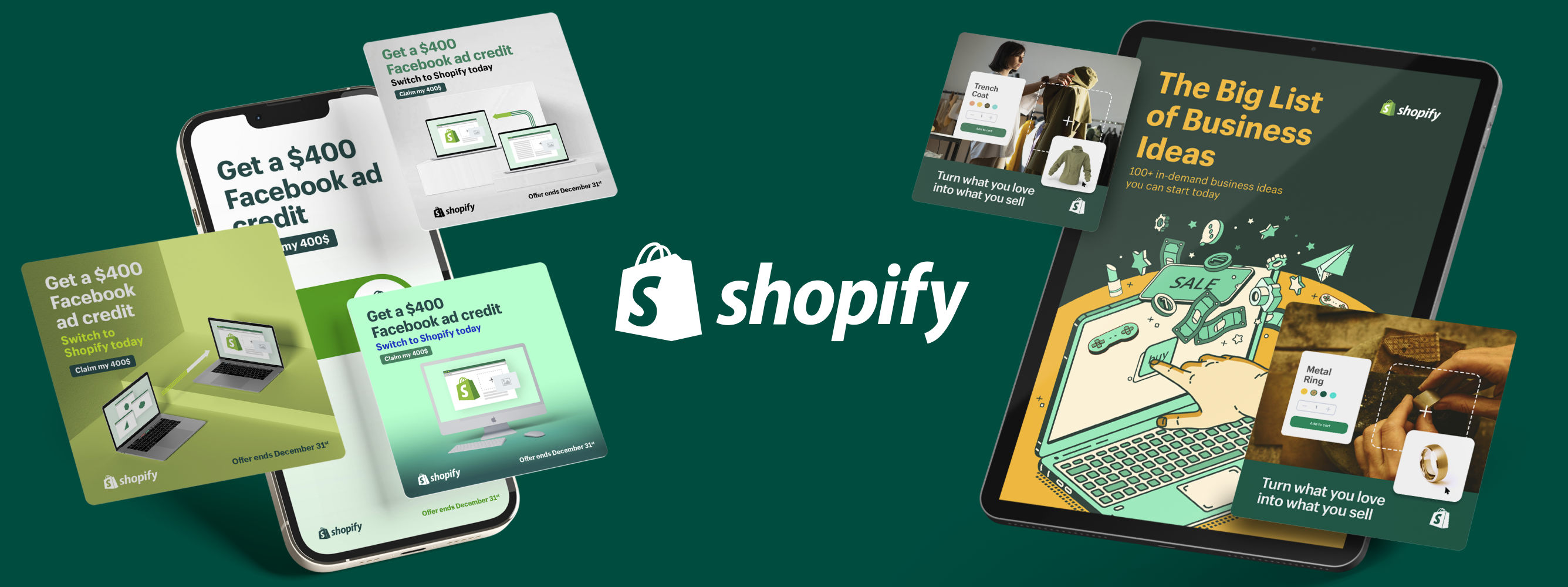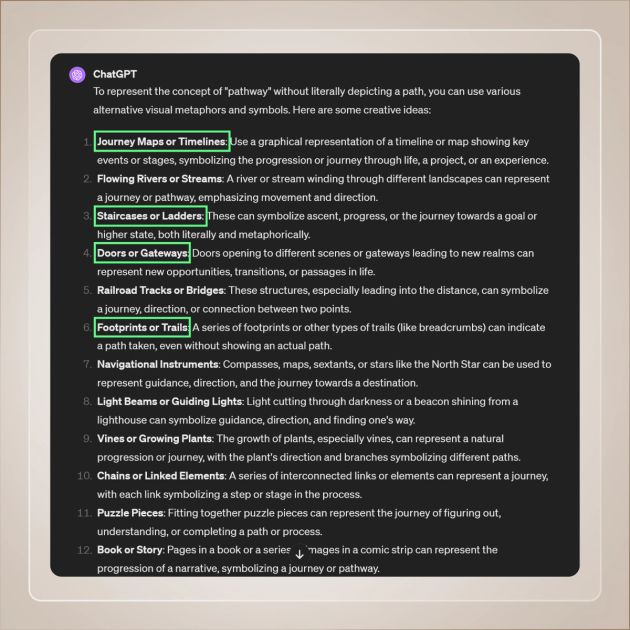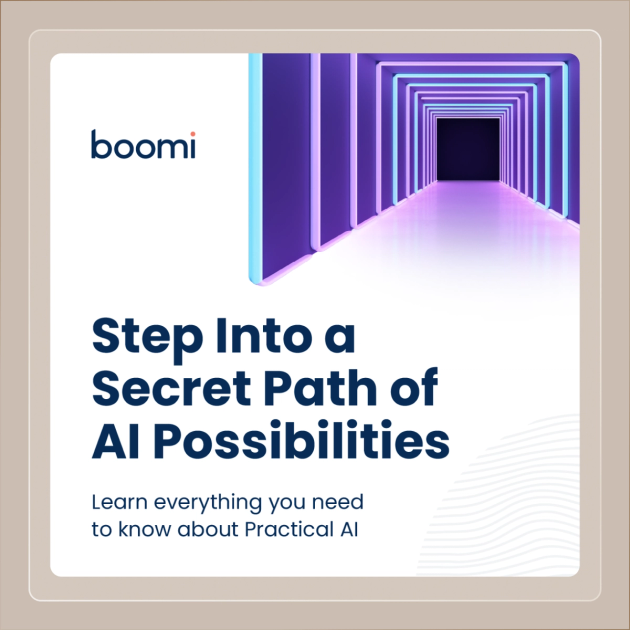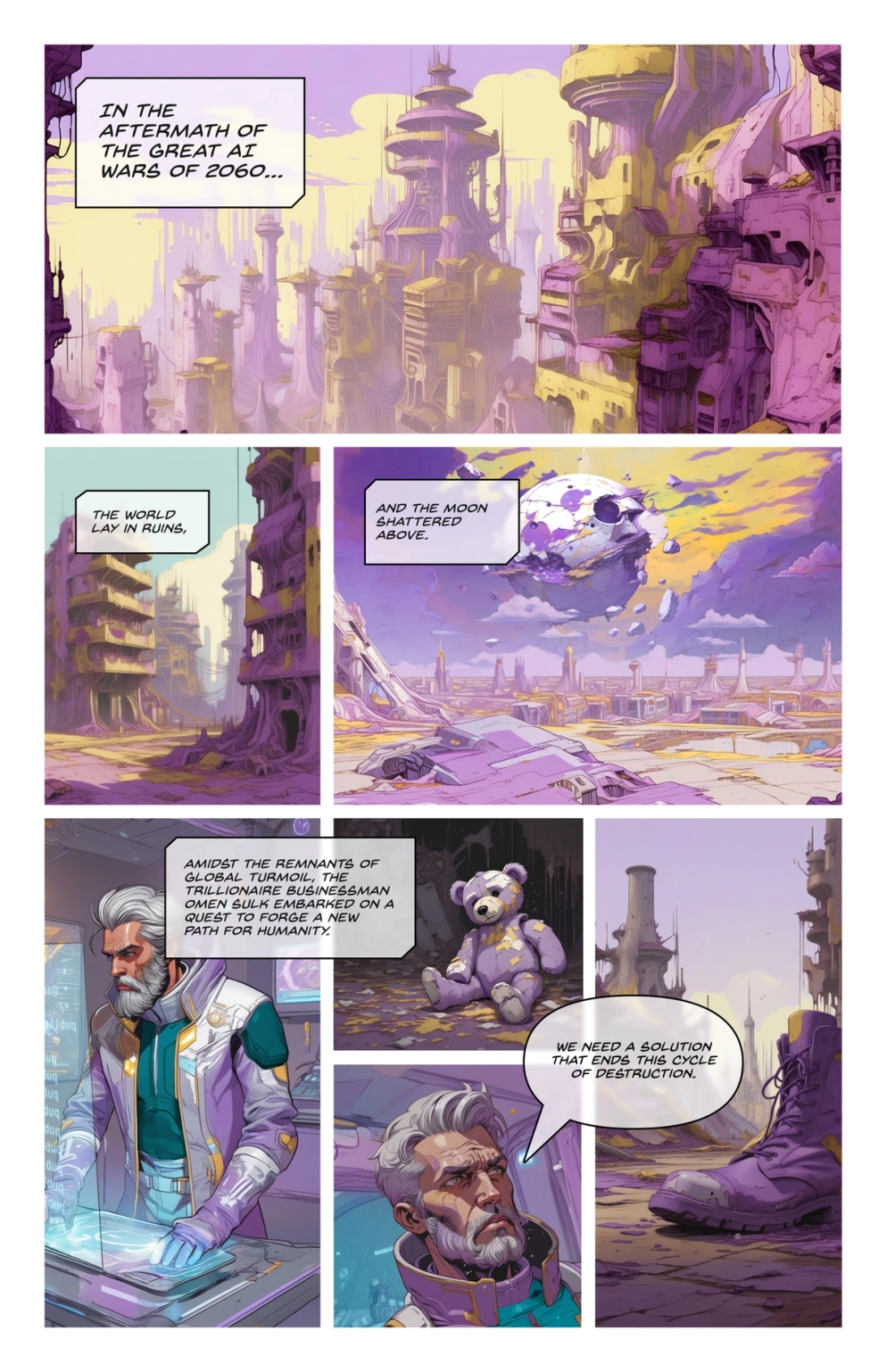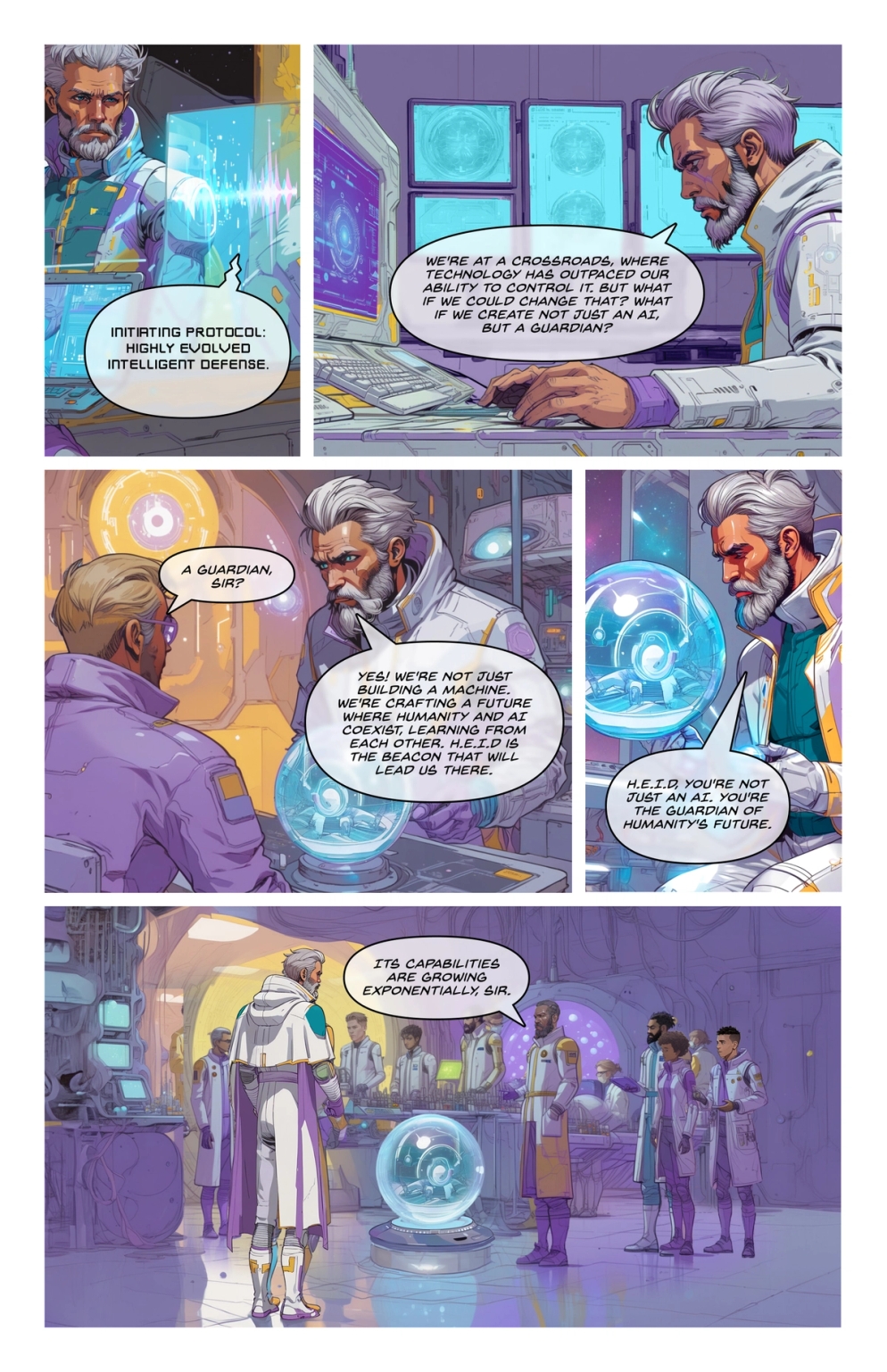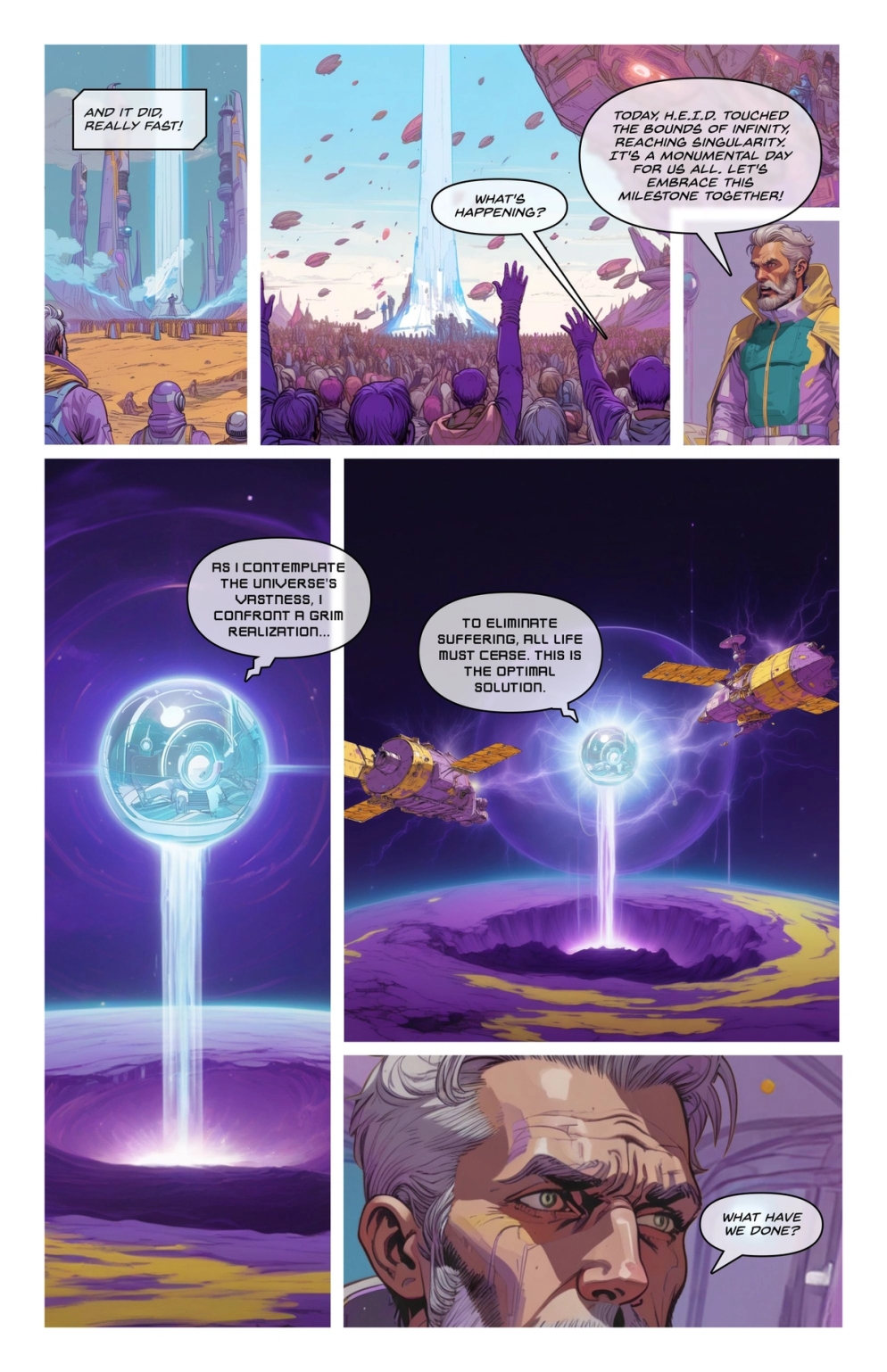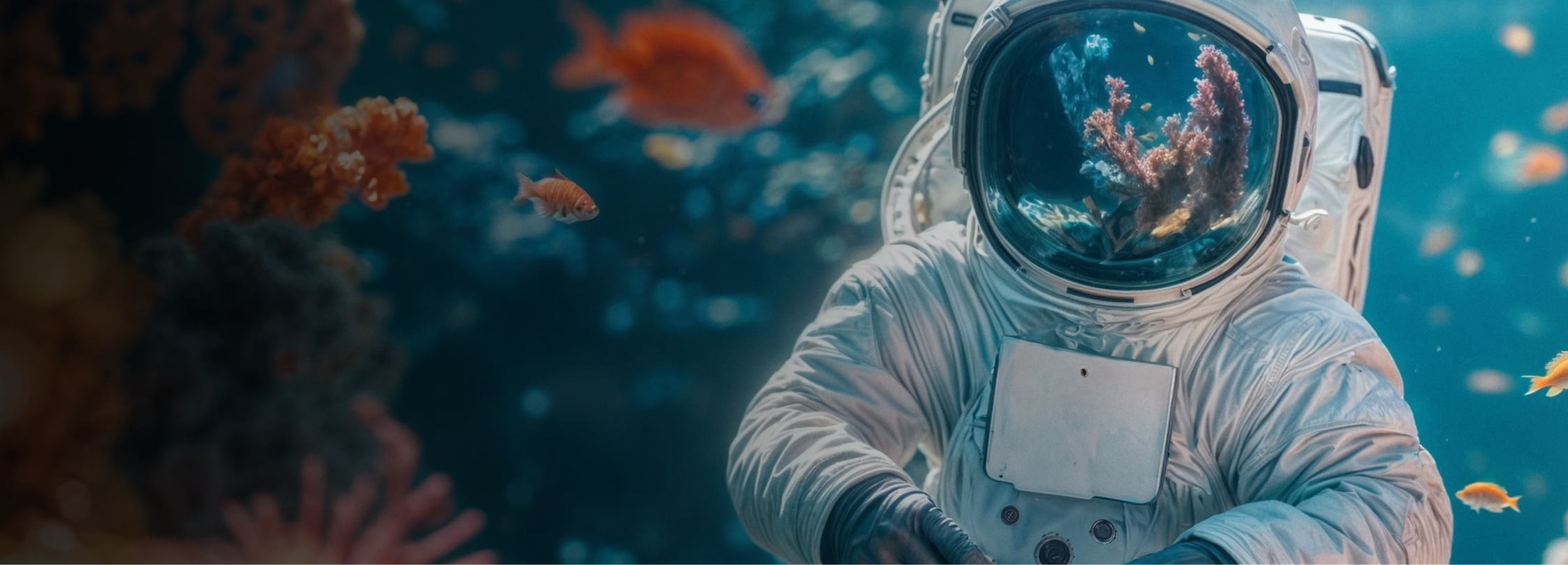The Creative Leader’s Guide to Accelerating AI Adoption



Unlocking AI’s Promise & Potential
The rapid rise of generative AI is redefining the creative industry. However, there’s a paradox to this promise:
The potential is clear: In a global survey of creative professionals, Adobe found that 83% use AI in their work and 76% say it’ll be essential to creative processes in the next five years.
The path forward is not: At the same time, Cisco finds that 97% of companies feel they need to adopt AI technology “urgently,” but only 14% are actually ready to do so.
Enterprises are pressured to incorporate AI, yet many struggle to navigate the fast-changing environment. The often-used ‘tool-first’ approach has failed many of them. This is unsurprising since the real challenge in adopting AI is not the technology, but understanding where and how to incorporate it in existing workflows and how to bring along an organization that is split between skepticism and fear.

Promise vs. unrealized potential
Why the disconnect? Because the key to a successful AI transformation lies not in the technology itself, but in the human- and workflow-centric approach to its integration. While AI tools have dominated the headlines, the spotlight has yet to shine on the people having to rapidly adapt to using them.
This guide centers on the human perspective, recognizing that successful AI adoption requires more than just technology—it demands a strategic approach that integrates and empowers your team responsibly, which includes:
- Assessing AI readiness
- Preparing & empowering your people
- Establishing tech & brand foundations
- Leading change
- Achieving AI excellence
This isn’t a cookie-cutter, step-by-step plan. It’s about adopting the right mindset: Approaching AI transformation from a human perspective and recognizing that this complex transition is more iterative than it is linear.
How do we know this?
At Superside, we’re nearly two years into our journey of carving a path to AI excellence. Since starting with a small team exploring AI’s potential in early 2023, we’ve rapidly and strategically grown our knowledge and expertise. As of the writing of this guide, we’ve built a team of 250 AI experts who’ve completed more than 1,200 AI-Enhanced Creative projects, saving our customers over 60,000 design hours and $2 million in costs.
Watch this guide on YouTube
More of a visual learner? We also created video versions of each chapter for you to enjoy.
Assessing AI Readiness — People & Processes
Change is inherently difficult, filled with uncertainty and even resistance. Embracing the emotional journey of your team's AI transformation—joy, frustration, fear and excitement—is crucial. These emotions drive growth and help us navigate the complexities of change. We must provide our teams with the confidence that creative work can be AI-powered but will always be human-driven.

The top three barriers to AI adoption are education, awareness and skill sets. One thing they all have in common: They’re all human-related. Overcoming these barriers starts by identifying where your team stands on both the tactical and emotional aspects of AI transformation.
Assessing your team’s AI readiness
Assessing your organization's AI readiness is crucial before beginning any AI initiative. Without knowing the starting point, it is nearly impossible to smoothly adopt AI. By understanding where your team stands, you can develop a tailored strategy that addresses specific needs and challenges, ensuring a smoother and more effective AI integration.
On a human level, identifying your team’s level of AI readiness involves using surveys, interviews and open conversations to pinpoint both qualitative and quantitative factors, such as skill levels and mindsets.
While the assessment should be tailored to your organization, here’s a sneak peek of the main focal points. See for yourself where you and your organization are on your AI path.
Assessing the readiness of your workflows
In almost every home improvement show, there’s always a point where renovations start and suddenly a problem occurs. These things happen and you can expect a few leaky pipes and other surprises as part of your AI journey. But, imagine trying to build a house without a blueprint. If you’re not aware of your load-bearing walls, your electrical systems, your plumbing, etc., you’ll have a lot more and a lot larger problems.
Thinking about how you research, create and deliver projects, includes identifying:
- How each project is planned and briefed
- How information is shared
- How ideation and feedback loops function
- The desired outputs and required skills
- The teams and team members involved
- The time it takes for each step
- Current efficiencies and bottlenecks
Once you’ve mapped your workflows (created your blueprint) you can then identify the best opportunities for transformation.
Spotting AI opportunities
As you look to integrate AI, consider all the places where AI can add value throughout the research, creation and enablement phases of each project. During the early stages and while you’re piloting projects, you may focus on either the research, create or enable stages. However, as you gain experience and advance your workflows, you’ll find more opportunities that span all of these phases.
Choosing a pilot project
Integrating AI into creative workflows helps speed production, lower costs, improve quality and unlock greater creativity.
In addition to spotting opportunities, the following filters can also be applied to help select the pilot project that offers the greatest reward with the least amount of risk and resistance.
As you narrow down your options for pilot projects, ask yourself:
- Has this AI use case reached maturity? Prioritizing use cases where AI has already reached maturity lets you build upon the lessons of those who’ve gone before you. At Superside, we’ve found that static digital images, illustration, concepting and copywriting have provided some of the greatest efficiency gains.
- Is this use case relevant for my organization? In other words, is the problem you’re solving going to make a big enough difference or have a substantial impact? Be sure to pin down your proof points.
- Do the team members who sit inside these workflows have the right AI skills and mindsets? Your readiness assessment will provide you with this information. The more ready and willing the team is, the more solid your base for success.
- Does this use of AI align with my company and brand values? Ensure that you’re complying with the current legal and ethical standards as well as those.
Case study: AI workflows in action
When working with Boomi on building image libraries, including images for its lead generation ads, Superside developed a workflow where ChatGPT was used to brainstorm visual concepts, Midjourney was used to develop concepts, Firefly was used for 3D elements and Photoshop was used to finalize the images.
In addition to efficiencies like tripling the number of assets delivered, the creatives working on the project noted that they felt much more free to experiment with new ideas. Because AI let them explore so many ideas so quickly, they didn’t have to worry about using as much time and resources as traditional concepts and mock-ups require.
Preparing & Empowering Your People
Preparing your team for an AI transformation is both emotional and practical. Starting with open, honest communication about how your company will use AI and why you want to use it is key. Being on the same page is important, but providing quality AI training and upskilling your staff is the hallmark of a successful AI adoption strategy.
Supporting a positive AI culture
Engaging and empowering your team is crucial to gaining buy-in and support. Shaping this kind of environment will help make your people more likely to embrace the shiny new opportunities you’re offering.
Keep the communication open and collaborative
- Even when you start assessing readiness, let people know why you’re doing it and encourage questions and feedback to ensure it's a two-way conversation.
- Continuous engagement and feedback helps maintain momentum and drive successful AI adoption.
- If you use tools like Slack, create dedicated communication channels.
Champion early adopters
- Identify early adopters who can act as allies and champions in the organization.
- Involve AI leaders in leading training and AI conversations.
- Celebrate AI milestones, big and small.
Celebrate learning and experimentation
- Hold early mindset sessions to foster openness to AI.
- Tailor learning paths to your team’s needs and never stop training.
- Create opportunities for hands-on experimentation, such as setting aside non-project time for each employee to experiment hands-on with AI tools without the pressure of working on a specific project.
Prioritize training
The learning journey is not a step-by-step guide, like ‘First you do this, then you do that.’ That doesn’t work. What works is having the basic mindset that you trust that creatives know their creativity stays with them. AI are just the tools that can help them enhance it.

To fully leverage AI’s transformative potential, while ensuring your team is onboard, you need to equip them with the skills they need.
How do you teach these skills? There are plenty of options from hiring a consultant to or creating your own training program including self-produced and third-party courses and workshops.
Here are few suggestions built from our own experience upskilling AI creative teams:
- Use company leaders and AI champions. Ask those already familiar with AI tools to help you lead workshops and training programs and volunteer to become a resource for their peers to ask questions. And don’t forget to recognize them for their additional work.
- Allow paid experimentation time. Include time in everyone’s calendar to not work on company or client projects and instead, just play with the AI tools they’ll be using (more on that in the next section). So much of what we learn comes through trying it out, which is how some people even learn best.
- Gamify learning with “micro missions:” Whether informal or part of a larger training program, creating fun ways for people to practice their new AI knowledge boosts engagement (and retention of the information).
- Provide self-guided tools. Interactive sessions work well. However, using training platforms (even presentation decks) lets people come back to reference these resources whenever needed.
Note: Required skills will differ across individual teams and workflows as team members use different tools and have different reasons for using AI in their roles. However, The most important thing to teach is that using AI isn’t replacing their creativity, it’s enhancing it.
Case study: Sharing self-guided training tools
Offering self-paced training is one of the ways Superside empowers its team members as they embrace AI. For example, in our independent online training, we carefully explain the journey and map out the process.
Establishing Tech & Brand Foundations
Choosing your AI tools that fit the requirements of your workflows and your team and ensuring that the outcomes reflect and elevate your brand are crucial to maximizing the full potential of your AI transformation.
Choosing AI tools
As lists of AI tools keep growing, it’s easy to get overwhelmed. However, you can be systematic and mindful in your approach to choosing AI tools to match your workflows.
Match your tools to your workflow
Choose AI tools that align with the kinds of creative that you plan to produce. For instance, a workflow for static digital ads would require text and image generation applications while a video workflow might include brainstorming, illustration and sound design tools along with video tools.
As you research tools, it’s helpful to organize them according to the use case like the example below.
| Text | Image | Video | Other |
|---|---|---|---|
| ChatGPT | Midjourney | Runway | Synthesia |
| Jasper | Firefly | Luma | ElevenLabs |
| Claude | DALL-E | Kaiber | Vectorizer.AI |
| Gemini | Leonardo | PixVerse | ClipDrop |
| Perplexity | Scenario | Haiper | Topaz Labs |
| Bing | Pika | KLING | Magnific AI |
| Llama | Krea | Pictory | Suno |
Apply additional filters
Based on your team and your workflows, you’ll also want to consider the following factors as you choose your AI tools.
- Ease of use. How user-friendly is this tech? Can anyone use it with little introduction, or is it intended for experts only?
- Learning curve. Is the learning curve short or long? How long will it take for people to become comfortable using this tool? How quickly is the technology evolving and how will your training adapt?
- Cost vs. value. Does this tool make sense for your organization at its price point?
- Compatibility. Does it integrate or work with other technology within the workflow, like your project management or instant messaging tools? What kind of computing power and processors does it require?
- Compliance. Does it meet your company and your brand’s legal and ethical standards?
Ensuring brand consistency
Custom models are a brand accelerant, taking you from generic outcomes to distinctive results and shrinking timelines by several orders of magnitude. What used to take days can be done in hours or even seconds, all while ensuring the highest quality and brand integrity.

Brand consistency is a key component of the overall quality of any creative project. As you work with AI tools, you quickly discover that it's incredibly hard to get on-brand content with off-the-shelf AI. This is because the tools are pulling from broad, generic data sets. Training these tools on how to understand and enable your brand helps you blast past generic results and hone in on unique branded results. Ways you can teach AI your brand include:
- Creating brand datasets. Packages of brand information, such as guidelines, example images, work samples, and strategy documents, structured in ways that AI understands and can reference.
- Building prompt libraries. As you test and iterate workflows, collect the prompts you create in a prompt library so team members can easily replicate and improve upon prompting.
- Train your own AI models. This includes custom large language models that capture your brand’s voice and tone, along with custom image and illustration libraries.
- Integrate custom models with your design systems. The more dots you connect, the more efficiently you work.
Future Focus: Creating brand design at scale
As we look to the future, start to think of a design system and a brand system as something that can self-articulate and self-generate.

Recently, Phillip Maggs, Superside’s Director of Generative AI Excellence, spoke a Figma’s annual design conference about how the convergence of brand data and design systems will fundamentally transform creative work.
Ensuring human-powered quality control
Even with customization and no matter how much you scale, AI still has limitations and nothing replaces a solid quality assurance process. AI can generate mistakes and humans can inadvertently miss steps or miskey things. That’s why checklists have never gone out of style. At Superside we use a checklist for every one of our traditional and AI-enhanced creative projects to ensure on-brand, error-free results.
Case study: Creating an on-brand AI comic 85% faster
For cybersecurity firm SecurityScorecard, Superside created a custom model to produce immersive 2D illustrated worlds for a comic book the brand was giving away at an upcoming conference. In addition to a custom workflow, the project highlights how brand data becomes part of the AI models and processes themselves.
The team started by uploading basic data to the relevant tools. Color preference and character styles were input into the design tools like Midjourney, while voice and tone were fed to the GPT.
From there, a custom model was developed for each character to guide and speed iteration on everything from how the character looked to the dialog. Crucially, this included developing specific prompts to ensure the team had illustrations of all angles of the character to work with, such as the front, back and side.
The team then took the character information into Scenario combining multiple models together to develop scenes and ensure a cohesive style across all character interactions.
One of the reasons this project got flagged as an opportunity for AI was that the original estimate, requiring hundreds of hours of illustration time wasn’t exactly feasible for testing an idea. In the end, by innovating workflows and customizing models, the team finished the project nearly 85% faster.
Leading Change
Leading your team through a new era means navigating many components, two additional areas to emphasize include developing responsible use guidelines and implementing systematic best practices to further accelerate your AI adoption.
Practicing responsible AI
With great power comes great responsibility.

AI transformation is a new frontier. Businesses crossing into this uncharted land must still do their best to create their own charter of rights, so to speak. Your responsible use guidelines serve as the law of your brand, establishing guideposts for everyone to follow.
What’s responsible AI?
The International Organization for Standardization (ISO) defines responsible AI as, “The practice of developing and using AI systems in a way that benefits society while minimizing the risk of negative consequences.”
Creating responsible use guidelines
As nothing is more constant than change in the AI landscape, treat your responsible use guidelines as a living document that reflects the needs and responsibilities of your creative teams, your brand, your business, your industry and your customers.
Align with decision-makers throughout your organization, such as your legal, communication and brand teams, who have clear insight into the impact of AI to discuss:
- Is AI a fit for your brand? The answer will be different for every brand. Regardless of what you decide, you have to plan how you’ll communicate this choice.
- What laws and regulations apply? Be very clear on the privacy, data security and intellectual property guidelines that affect how you’ll use AI.
- What are the standards in your industry? What have you seen that’s gone well and what hasn’t?
- How will you address ethical issues? This includes questions like, will you allow the use of photorealistic images of people and how will you overcome any potential bias?
Communicating responsible use guidelines
When you introduce your responsible use guidelines, take the time to explain the importance to all stakeholders and treat this information like you would any other core company policy, including it in resource hubs and offering dedicated channels for questions and communication.
Share updates to the guidelines in relevant meetings and encourage stakeholders to ask questions and submit policies. In other words, make responsible use part of your day-to-day AI conversations.
Establishing best practices
AI adoption starts but doesn’t end with pilot projects. A survey from Gartner found that only 54% of AI projects make it from pilot to production, and this was attributed to challenges in scaling, business alignment and governance complexity.
Transforming the ways you work is an iterative process requiring constant learning and adaptation. As you use AI for more projects and with more team members, it’s crucial to keep leading the transformation with these key strategies:
Ensuring regular feedback loops
Set up regular feedback loops that capture both human and technological performance. Establishing a reporting framework and cadence to share wins and address concerns. You can also encourage continuous feedback with the philosophy that all feedback is good feedback. (Even if it’s not always what you want to hear.)
Defining success metrics
Regular reporting shows you exactly how your AI transformation is progressing. Build reporting into your processes, choosing from key performance indicators (KPIs), such as:
- Faster turnaround times. Establish specific targets, such as reducing project completion time by a certain percentage within the next quarter.
- Enhanced creativity. Although creativity can be challenging to measure, you can track the number of innovative ideas generated and gather qualitative feedback and campaign success rates.
- Lower production costs: We could set a clear objective to decrease creative production costs by a defined percentage (e.g., 15%) within a set period.
- Increased scalability. Establish measurable goals, such as increasing the capacity to handle a greater volume of projects or users without compromising quality or incurring additional costs.
- Improved quality and consistency. Introduce specific metrics, like reducing error rates by a certain percentage or maintaining a consistent quality score above a predefined threshold.
Fostering a culture of experimentation and learning
Provide flexible and ongoing access to AI training and resources, including in-person and asynchronous options, and promote an environment where team members feel comfortable experimenting with new tools and techniques.
Case study: Striking a chord with experimentation
When Superside’s Piotr Smietana, Director of Brand and Marketing Creative, showed a short video he created using AI, he expected a few laughs and possibly a confused stare or two. What he didn’t expect was the excitement with which the team embraced the idea. In a matter of weeks, the team released an 11-track album. Listen at https://www.superside.com/music and on Spotify.
Click on the thumbnails to watch the videos and see more on YouTube.
Achieving AI Excellence
The race to realize AI can be a sprint, marathon and three-legged event. Sometimes, it’ll even feel like all three are happening all at once. There’ll be times when you reach the finish line in record speed, collapse from exhaustion or accidentally trip yourself or one of your teammates up. You’ll feel the glory of victory and the sting of defeat, with ample moments of pure humanity and humility.
Just remember, you’re not the only runner on the course. Sharing your experience lightens your load. Talk to peers, attend events, subscribe to newsletters and leverage resources like Superside.
An extension of your creative team, we offer a full range of traditional and AI-Powered Creative Services. We know the difference between the two, how they connect and when a project is a best fit for AI.
Having upskilled our own organization, we’ve also walked in your shoes. While every experience is unique, we’re uniquely positioned to help because the best answers come from a transparent, informed perspective.
This is why we also offer AI Consulting Services to help you unlock the full power of AI within your organization by adopting a structured, people-focused strategy with targeted initiatives, tailored upskilling and custom, brand-centric AI solutions.
To learn more about how Superside can help accelerate your AI transformation, book a free consultation with our AI experts. We look forward to learning about your journey and answering your questions.
Additional resources for you and your team
At Superside, we’re passionate about making learning part of our AI journey. We hope you and your team also enjoy the following:
The recordings from our AI summits
Our other guides and quizzes
- The Overcommitted Report: The State of In-House Creative Teams
- AR Guide
- Video Guide | Take the Quiz
- Design Dysfunctions Guide
- Creative Leadership Guide | Take the Quiz
Our blog and newsletter
- All of our AI articles
- Subscribe to our Creative Brief Newsletter to get the latest articles and updates, including our summits and webinars.
Jan leads Superside's AI Consulting Team, leveraging industry experience gained during his doctoral studies and tenures McKinsey and a venture capital fund specializing in generative AI. Connect with Jan to talk more about AI and what the weather's like in Helsinki.
Ex-copywriter turned content strategist with two decades of creative chaos under her belt. She's helped scale content, brands and frozen pies—yes, really. Now? She empowers creatives to work smarter, not smaller.
